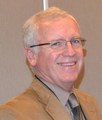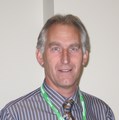HOW CITIES CAN MAKE ROOM FOR WATER: “Understanding the water cycle is an opportunity to generate a positive relationship between natural processes, plants and people,” stated Elisa Palazzo

“Innovative strategies understand flood as a natural process to work with, rather than resist. Non-structural, soft and nature-based solutions to flood adaptation are replacing centralised and engineered technologies. These projects use climate change positively to provide multiple added benefits,” wrote Elisa Palazzo. “Looking at how cities are designed and performing in Australia, there is plenty to learn from the international experience. We have a lot to do to adjust this knowledge to the local context.”










